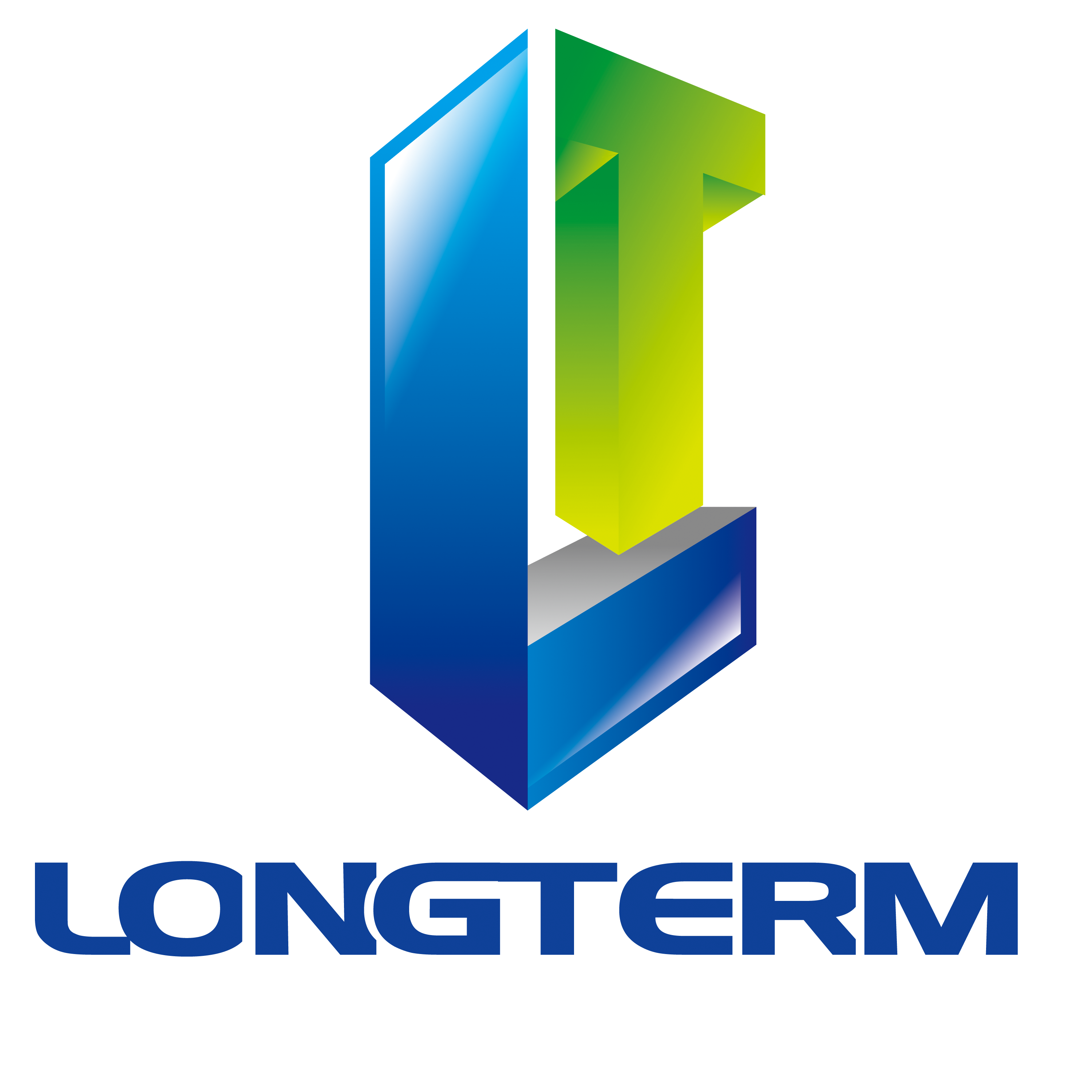The Rise of Automation and Robotics
One of the most prominent aspects of Exploring Industrial Development: New Designs is the relentless march of automation and robotics. Traditional, manual labor-intensive processes are being rapidly replaced by automated systems that boast increased speed, precision, and consistency. This shift isn't merely about replacing human workers; it's about enhancing productivity and tackling tasks previously impossible or too dangerous for human operators. Robots are now capable of performing intricate assembly tasks, handling hazardous materials, and operating in extreme environments, unlocking new possibilities in various sectors like manufacturing, mining, and logistics.
The advancements in artificial intelligence (AI) are further fueling this revolution. AI-powered robots can learn from experience, adapt to changing conditions, and even make decisions independently, leading to more flexible and efficient production lines. Machine learning algorithms can analyze vast datasets to optimize processes, predict equipment failures, and improve overall operational efficiency. This convergence of robotics and AI is redefining the landscape of industrial production, leading to smarter factories and more resilient supply chains.
Sustainable Design and Circular Economy Principles
Growing environmental concerns are driving a shift towards sustainable design principles in industrial development. The traditional "take-make-dispose" model is increasingly unsustainable, prompting a move towards circular economy principles. This involves designing products and processes that minimize waste, maximize resource utilization, and promote recyclability or repurposing. New designs focus on using recycled materials, reducing energy consumption, and minimizing environmental impact throughout the product lifecycle.
Sustainable design is not just an ethical consideration; it's becoming a business imperative. Consumers are increasingly demanding environmentally friendly products, and regulations are tightening to hold industries accountable for their environmental footprint. Companies are embracing sustainable practices not only to meet regulatory requirements but also to enhance their brand reputation and attract environmentally conscious customers. Innovative designs incorporating bio-based materials, renewable energy sources, and closed-loop manufacturing systems are crucial for achieving these sustainability goals.
Advanced Materials and Manufacturing Processes
The development of advanced materials is another key driver of innovation in industrial development. New materials with enhanced properties, such as strength, durability, lightweightness, and conductivity, are enabling the creation of more efficient and durable products. This includes the use of composites, nanomaterials, and biomaterials, pushing the boundaries of what's possible in various applications.
Alongside new materials, advanced manufacturing processes are also playing a vital role. Additive manufacturing, or 3D printing, allows for the creation of complex shapes and customized designs with unprecedented flexibility. This technology is particularly useful for prototyping, producing customized parts, and creating lightweight yet strong components. Other advanced techniques, such as laser cutting, water jet cutting, and robotic welding, further enhance precision and efficiency in manufacturing processes.
Data Analytics and Industrial Internet of Things (IIoT)
The proliferation of sensors and the interconnected nature of modern industrial systems have given rise to the Industrial Internet of Things (IIoT). This network of interconnected devices generates vast amounts of data that can be analyzed to optimize processes, predict failures, and improve overall efficiency. Data analytics play a crucial role in extracting valuable insights from this data, enabling companies to make data-driven decisions and enhance their operational performance.
Predictive maintenance, enabled by IIoT and data analytics, is one example of the transformative power of this approach. By analyzing sensor data, companies can predict potential equipment failures and schedule maintenance proactively, minimizing downtime and preventing costly disruptions. This proactive approach not only reduces maintenance costs but also enhances the overall reliability and uptime of industrial systems. The potential applications of IIoT and data analytics in industrial development are vast and continue to evolve rapidly.

